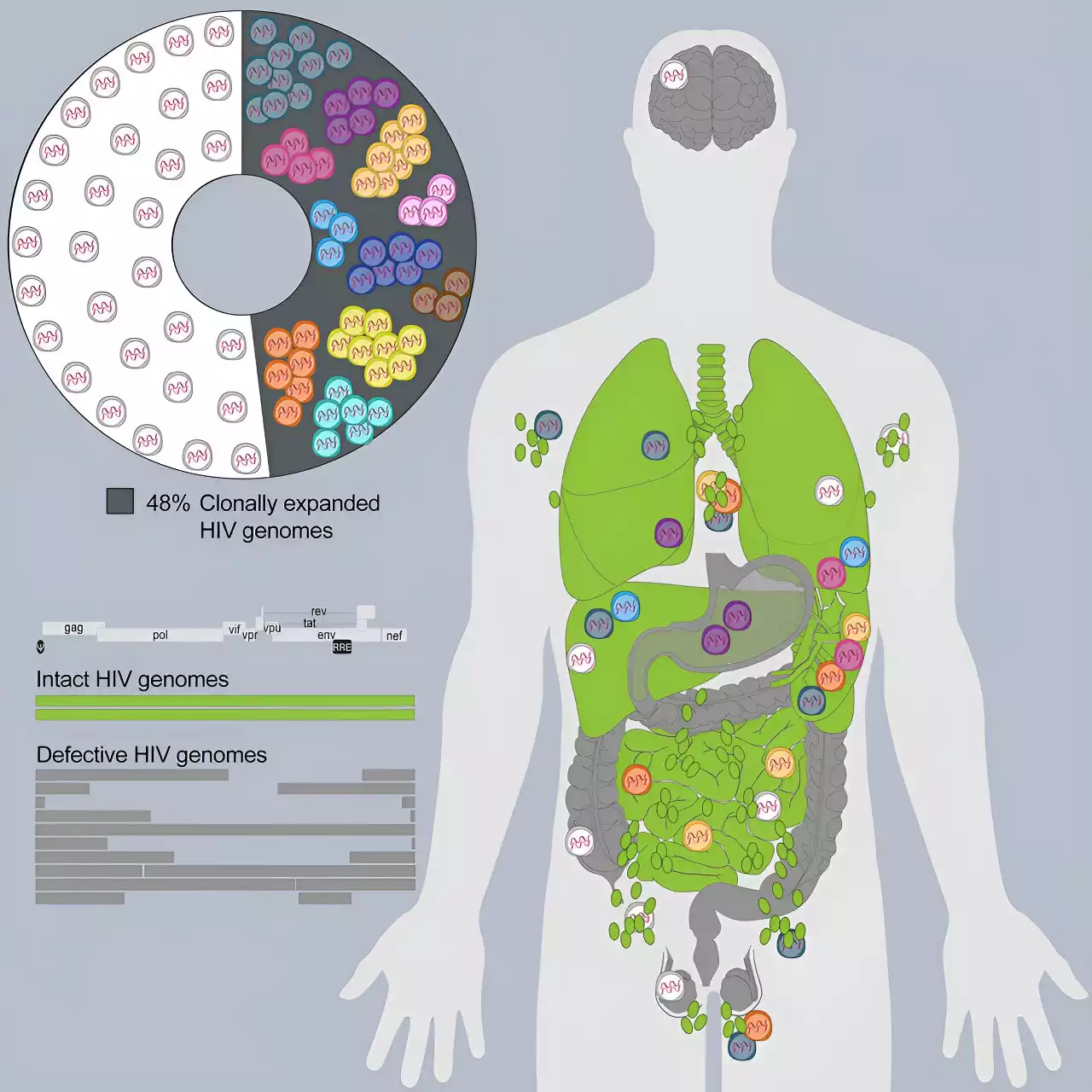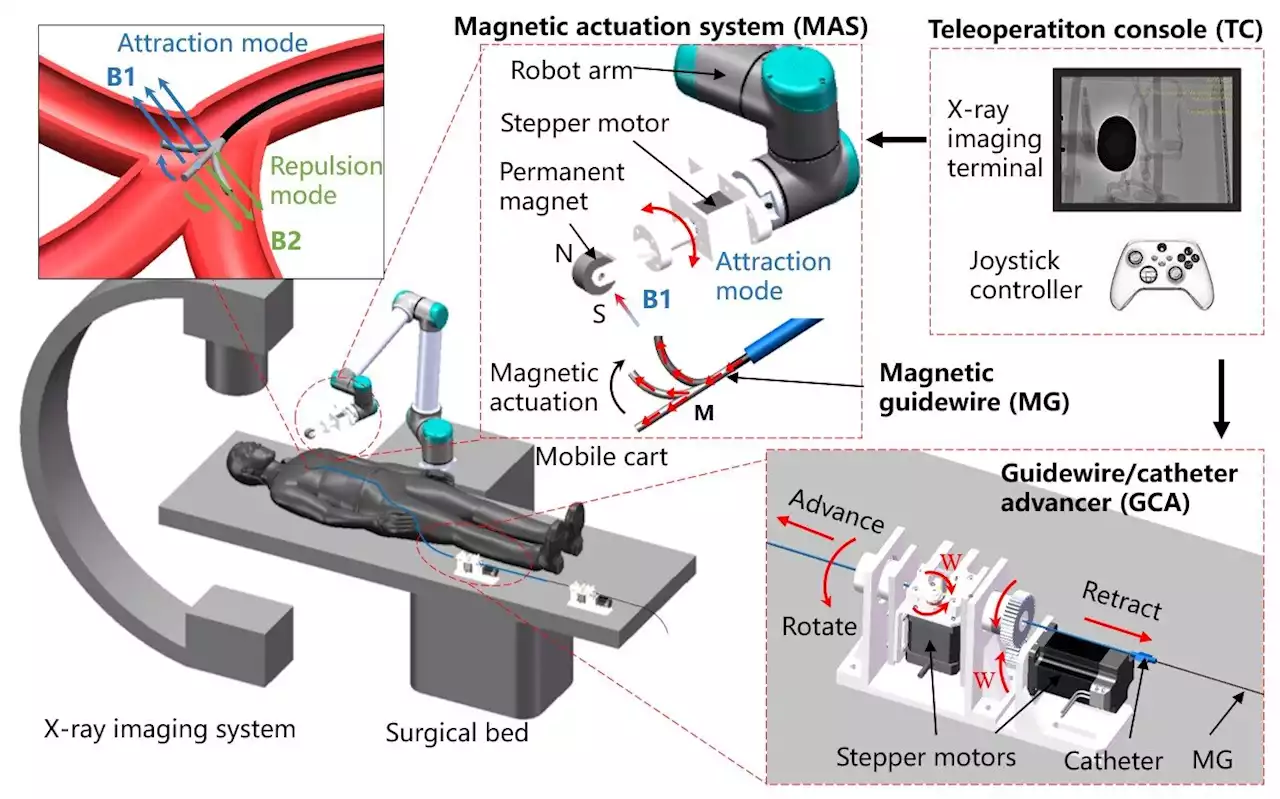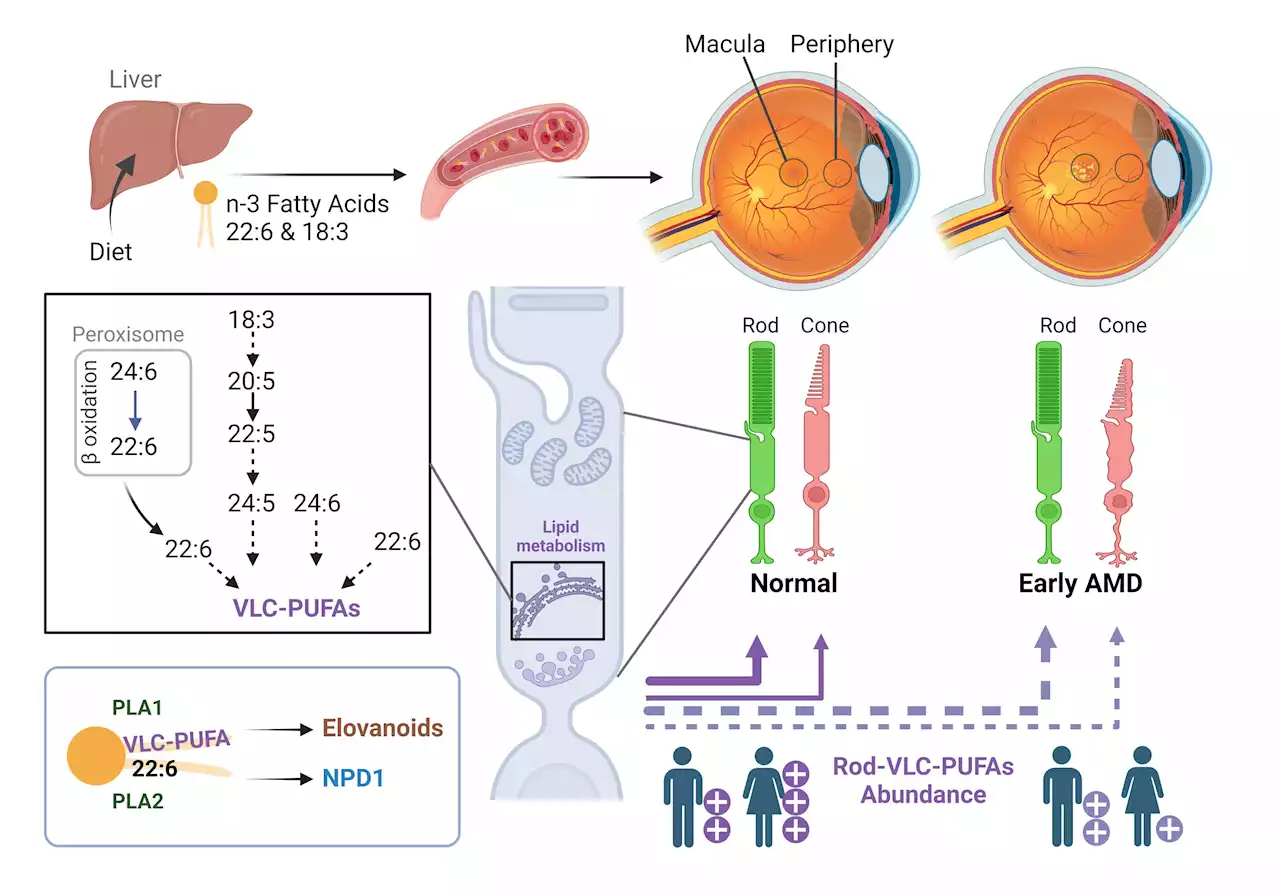Researchers explore the rates of readmission over the first year among children who survived acute respiratory distress syndrome.
By Dr. Liji Thomas, MDSep 12 2023Reviewed by Benedette Cuffari, M.Sc. Acute respiratory distress syndrome is an emergency situation in both children and adults, as it compromises the vital oxygen supply to the body. A new study published in JAMA Network Open explores the rates of readmission over the first year among children who survived ARDS.
Adult ARDS survivors often experience a reduced quality of life and long-term health deficits in their future lives. Nevertheless, there remains a lack of information on the long-term prognosis of ARDS survivors. What did the study show? The current study included over 13,500 children with a median age of four years. About 60% of the study cohort were boys. All patients had ARDS requiring mechanical ventilation during their hospital stay.
Related StoriesThus, the risk of readmission was higher in children with complex chronic conditions, who were more than twice as likely to be readmitted to the hospital. Patients with pre-existing respiratory conditions were at a 2.7-fold increased risk as compared to children without any complex chronic illness with ARDS, whereas those with non-respiratory illnesses were twice as likely to be readmitted.
The number of days alive and out of the hospital after discharge prior to their readmission was fewer among survivors with respiratory and non-respiratory complex chronic conditions as compared to children without these health conditions by 24 and 26 days, respectively. This reduction was also observed with either a new tracheostomy or hospitalization of two weeks or more during the index admission date.
United Kingdom Latest News, United Kingdom Headlines
Similar News:You can also read news stories similar to this one that we have collected from other news sources.
 Researchers find genetically intact HIV virus prefers to 'hide' in organs of the immune systemA small number of HIV-infected cells remain in the tissues of people living with the virus and who are undergoing antiretroviral therapy. These viral reservoirs, real obstacles to the cure of HIV, have long been known to exist.
Researchers find genetically intact HIV virus prefers to 'hide' in organs of the immune systemA small number of HIV-infected cells remain in the tissues of people living with the virus and who are undergoing antiretroviral therapy. These viral reservoirs, real obstacles to the cure of HIV, have long been known to exist.
Read more »
 Researchers develop magnetically controlled guidewire robot system for vascular interventional surgeryA research group led by Prof. Xu Tiantian from the Shenzhen Institute of Advanced Technology (SIAT) of the Chinese Academy of Sciences and their collaborators have proposed a magnetically controlled guidewire robot system (MCGRS) with magnetically active steering and autonomous propulsion capabilities.
Researchers develop magnetically controlled guidewire robot system for vascular interventional surgeryA research group led by Prof. Xu Tiantian from the Shenzhen Institute of Advanced Technology (SIAT) of the Chinese Academy of Sciences and their collaborators have proposed a magnetically controlled guidewire robot system (MCGRS) with magnetically active steering and autonomous propulsion capabilities.
Read more »
 Gym workouts and other exercise can be tailored to four women's body types, researchers sayHitting the gym or running track seems straight forward for some—but what are the barriers many women face in partaking in regular exercise, particularly after childbirth or older?
Gym workouts and other exercise can be tailored to four women's body types, researchers sayHitting the gym or running track seems straight forward for some—but what are the barriers many women face in partaking in regular exercise, particularly after childbirth or older?
Read more »
 Researchers report on interpersonal synchronization in music performanceMusic is a collective experience that binds people together. From orchestral play to audiences handclapping, synchronization lays the foundation for all musical interactions. But what explains our ability to get in sync with someone or act in lock step with a group?
Researchers report on interpersonal synchronization in music performanceMusic is a collective experience that binds people together. From orchestral play to audiences handclapping, synchronization lays the foundation for all musical interactions. But what explains our ability to get in sync with someone or act in lock step with a group?
Read more »
 Researchers introduce technology for producing biomimetic implants with specified permeabilityResearchers from Skoltech, National University of Science and Technology MISIS, and Saint Petersburg State Marine Technical University have shared results of their new study exploring the permeability of biomimetic implants. The paper is published in the International Journal of Bioprinting.
Researchers introduce technology for producing biomimetic implants with specified permeabilityResearchers from Skoltech, National University of Science and Technology MISIS, and Saint Petersburg State Marine Technical University have shared results of their new study exploring the permeability of biomimetic implants. The paper is published in the International Journal of Bioprinting.
Read more »
 Researchers discover a key failure in AMD that may lead to progression and vision lossResearch led by Nicolas Bazan, MD, Ph.D., Boyd Professor, Ernest C. and Yvette C. Villere Chair for the Study of Retinal Degeneration, and Director of the Neuroscience Center of Excellence at LSU Health New Orleans School of Medicine, suggests that age-related macular degeneration (AMD) decreases an essential fatty acid, preventing the formation of a class of protective molecules and reducing repair potential. The discovery may also open new therapeutic avenues for AMD. The findings are published in Experimental Eye Research.
Researchers discover a key failure in AMD that may lead to progression and vision lossResearch led by Nicolas Bazan, MD, Ph.D., Boyd Professor, Ernest C. and Yvette C. Villere Chair for the Study of Retinal Degeneration, and Director of the Neuroscience Center of Excellence at LSU Health New Orleans School of Medicine, suggests that age-related macular degeneration (AMD) decreases an essential fatty acid, preventing the formation of a class of protective molecules and reducing repair potential. The discovery may also open new therapeutic avenues for AMD. The findings are published in Experimental Eye Research.
Read more »
